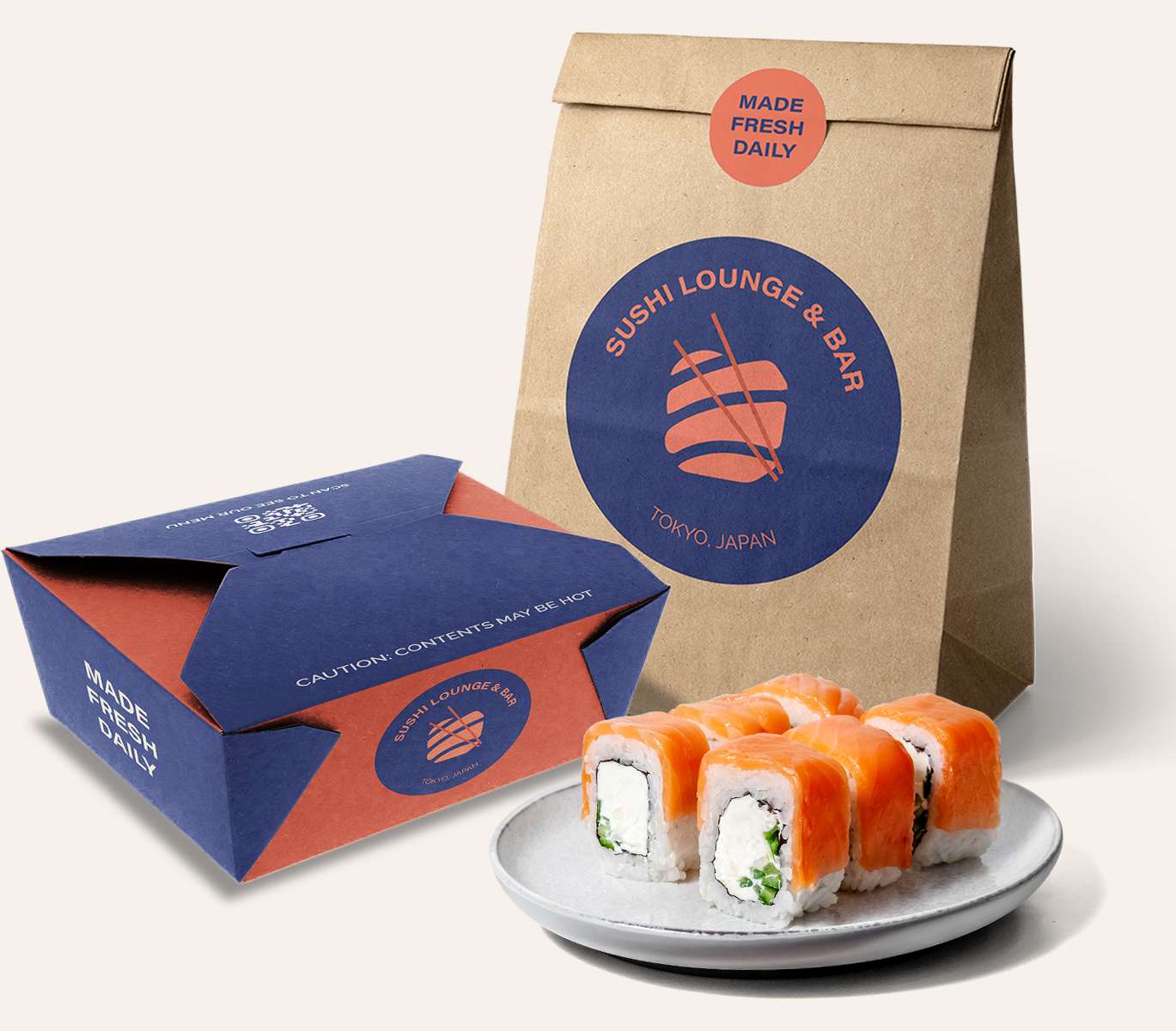

Expert Insights into Usage Professionals in art preservation advise selecting a backing board based on both the value of the piece and its environmental conditions. For instance, archival boards are preferable for environments prone to fluctuations in humidity or temperature, thanks to their resilience and preservation attributes. Real-life Applications and Feedback Artists who frequently change displays praise foam cores for their adaptability, whereas museums favor archival-quality backing to ensure historical pieces withstand the ravages of time. Shannon Boyle, a curator at a renowned gallery, notes, Choosing the right backing board can mean a generation's worth of protection for artwork. Backing Board Durability and Maintenance It’s vital to maintain optimal storage conditions even with a robust backing board. Keep framed pieces out of direct sunlight and provide consistent temperature and humidity levels. This practice amplifies the efficacy of your backing board in artworks' preservation. Final Considerations When selecting a backing board, weigh the advantages of each type against cost, protection, and longevity. Reach out to suppliers or professionals for additional insights tailored to particular needs. It's also beneficial to conduct periodic frame inspections, ensuring backing boards provide the necessary support throughout their lifecycle. By understanding the nuances of various backing boards, you empower your selection process, ensuring that both aesthetic and preservation needs are met efficiently. A well-chosen backing board not only enhances visual appeal but upholds the integrity of the artwork, solidifying your reputation for quality and attention to detail in any art-related endeavor.



